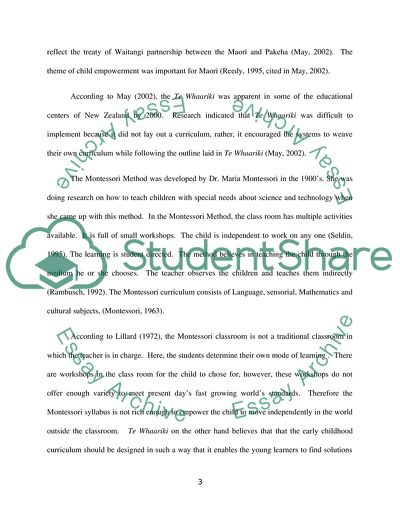Cite this document
(Early Childhood Curriculum Approaches Coursework, n.d.)
Early Childhood Curriculum Approaches Coursework. https://studentshare.org/education/1739195-curriculum-approaches
Early Childhood Curriculum Approaches Coursework. https://studentshare.org/education/1739195-curriculum-approaches
(Early Childhood Curriculum Approaches Coursework)
Early Childhood Curriculum Approaches Coursework. https://studentshare.org/education/1739195-curriculum-approaches.
Early Childhood Curriculum Approaches Coursework. https://studentshare.org/education/1739195-curriculum-approaches.
“Early Childhood Curriculum Approaches Coursework”. https://studentshare.org/education/1739195-curriculum-approaches.


